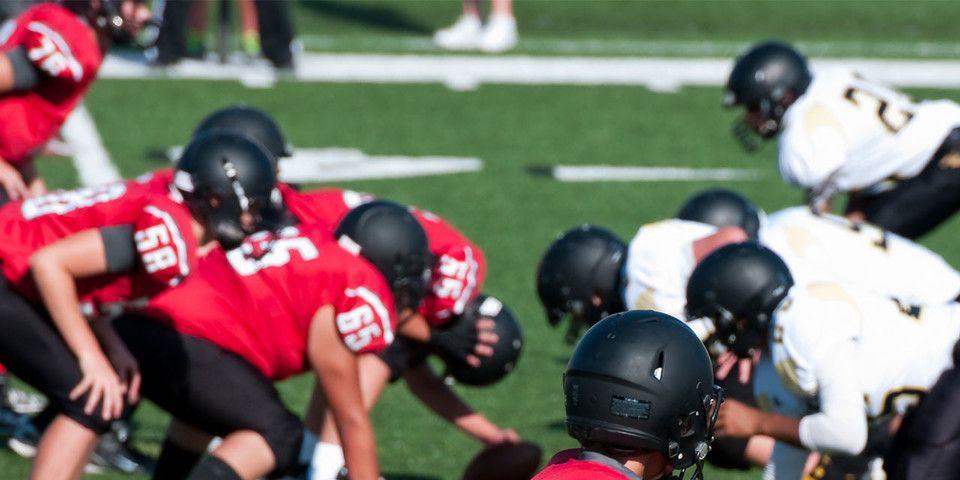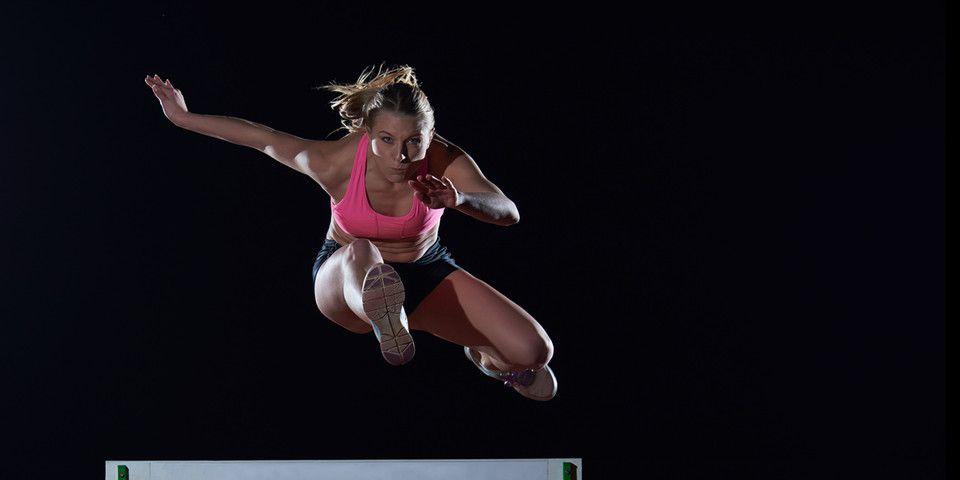Tips to Avoiding Broken Bones from Winter Sports
Broken Wrists and Ankles From Skiing: The Causes and How to Avoid Them
The winter ski season is just around the corner and injuries on the slopes are quite common, especially broken bones from winter sports. Skiing and snowboarding is a great way to spend the winter, however, it is important to know the causes and preventative measures to take minimize your risk of broken bones so you can enjoy the slopes all winter.
Skiing and snowboarding are two of the most popular winter sports. Every year kids, adults, and families get in their cars and head to the closest mountains. A broken wrist or ankle are common winter injuries that could quickly derail a fun day (and the rest of the season) on the mountain. Knowing what to be aware of and how to prevent injuries is key to enjoying this winter sports season.
Wrists and Ankles: Broken Bones from Winter Sports
Broken or fractured wrists are common winter sports injuries. Both skiing and snowboarding require your arms for balance and bracing falls. Beginners are the most likely to sustain injuries and snowboarders are also more likely to sustain a wrist injury.
A main cause of these wrist breaks, or fractures, is a slip and fall. This can happen to anyone if the force is severe enough. There are three main types of wrist broken wrist injuries, such as:
-
Intra-articular fracture: Where the broken radius causes the joint to extend.
-
Extra-articular fracture: A break where the wrist joint is not extended.
-
Open fracture: An open fracture is when the bone breaks through the skin. This type of injury is very serious and requires immediate medical attention.
-
Comminuted fracture: This type of break occurs when the bone is broken in two or more places.
All of these types of fractures can occur during skiing and snowboarding. It is important to have all the information about these injuries so you can be on the lookout for you and your loved ones.
Broken bones, however, aren’t the only types of orthopedic injuries that winter sport athletes need to exercise caution in order to prevent. In addition to breaks and fractures, ligament tears are a persistent threat during winter sports.
Skiers and snowboarders are at a heightened risk for injuries of the anterior collateral ligament, or ACL. This is due to the rigid constraints of ski boots. The same structure and design that protects skiers’ ankles from injuries and fractures causes force to travel up the kinetic chain and may result in ACL injuries or tears. While ACL injuries are most common, knee injuries in general are a common risk for winter athletes, as the rigid, inflexible boots and stance often causes athletes to land impactfully on their knees or may twist the legs and knees in unnatural manners.
Much like broken bones, there are varying degrees of ligament injury severity.
-
Grade 1 ligament sprains involve stretching of the associated ligament
-
Grade 2 ligament sprains (also known as partial tears) stretch and loosen the associated ligament, affecting function and structural stability
-
Grade 3 ligament sprains are complete tears; they cause the stability and function of the associated joints to be compromised. In the case of ACL tears, the knee joint will be destabilized.
How to Prevent Broken Bones From Winter Sports
There are some easy preventative measures you and your family can take to ensure there are no winter injuries, such as:
-
Following all safety regulations
-
Making sure you are in peak physical shape to take on active sports
-
Stretching or warming up before you begin skiing or snowboarding
-
Wearing the appropriate protective gear
-
Wearing the correct size hard boots that also provide ankle support
-
Wearing protective wrist guards to protect yourself in case of a fall
-
Knowing when to stop (most injuries occur when athletes become tired and form deteriorates)
-
Learning proper techniques for falling
Rothman Orthopaedic Institute is world recognized for expert orthopaedic care, including treating broken bones from winter sports, and can help you in case of injury. Please visit us here or contact us at 1-800-321-9999.
Related Specialties
Related Conditions
Related Treatments
Related Programs
-

Injury Prevention Program
The Injury Prevention Program at the Rothman Orthopaedic Institute is dedicated to the prevention of injuries from athletic participation, particularly youth sports.Read More -

Women’s Sports Medicine Program
The Women’s Sports Medicine Program at the Rothman Orthopaedic Institute is the first of its kind in the Philadelphia metro area and one of only several such programs specializing in the comprehensive care of the female athlete in the country.Read More




